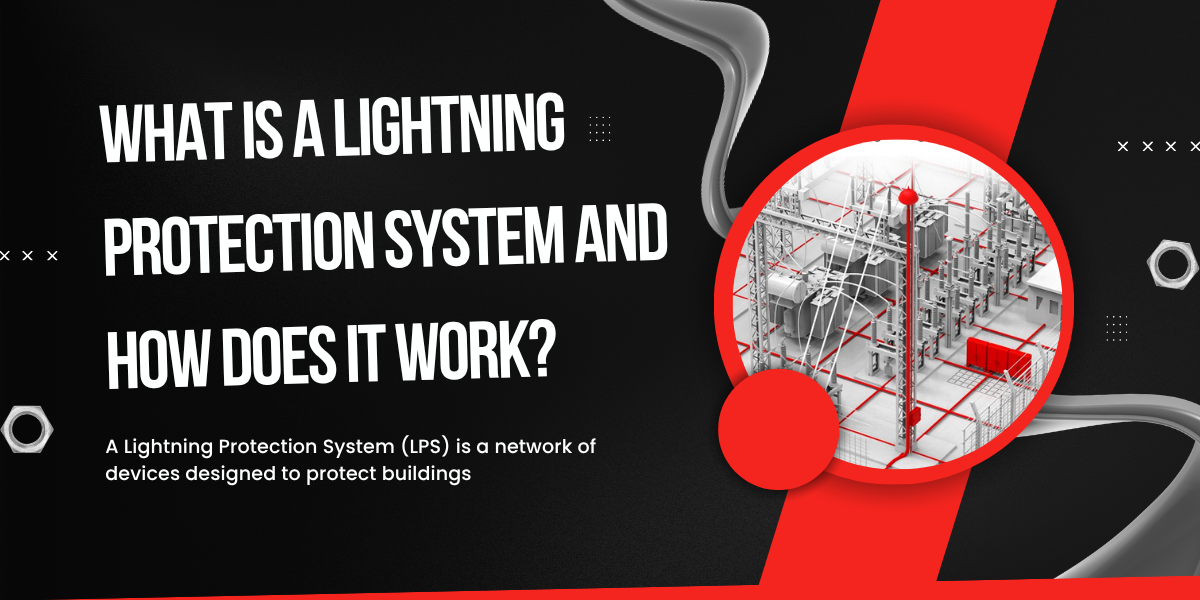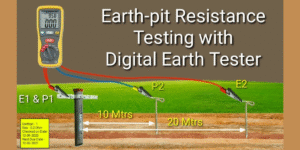What is a Lightning Protection System
A Lightning Protection System (LPS) is a network of devices designed to protect buildings, structures, and electrical systems from the destructive effects of lightning strikes. When lightning hits a structure, it can cause severe damage, fire, and equipment failure. A properly designed lightning protection system safely directs the lightning current to the ground, preventing harm to people and property.
🌩️ Main Components of a Lightning Protection System
-
Air Terminals (Lightning Rods):
These are metal rods installed at the highest points of a building. Their purpose is to intercept lightning strikes before they can hit the structure directly. -
Down Conductors:
These cables connect the air terminals to the grounding system. They provide a safe, low-resistance path for the lightning current to travel from the roof to the ground. -
Grounding System (Earthing):
The grounding system disperses the electrical energy from a lightning strike safely into the earth. Using high-quality materials like copper bonded rods or exothermic welding (CADWELD) ensures permanent and low-resistance connections. -
Surge Protection Devices (SPDs):
These protect electrical panels and sensitive equipment from voltage spikes caused by lightning or power surges.
⚙️ How It Works:
When lightning strikes, the air terminals capture the electrical discharge. The current then travels through the down conductors to the grounding network, where it is safely dissipated into the earth. This prevents structural damage, electrical fires, and equipment failure.
A well-installed lightning protection system works instantly and automatically, ensuring continuous safety even during severe thunderstorms.
✅ Benefits of Lightning Protection Systems:
-
Prevents damage to buildings and electrical systems
-
Protects human life and valuable assets
-
Reduces downtime and maintenance costs
-
Ensures compliance with electrical safety standards





